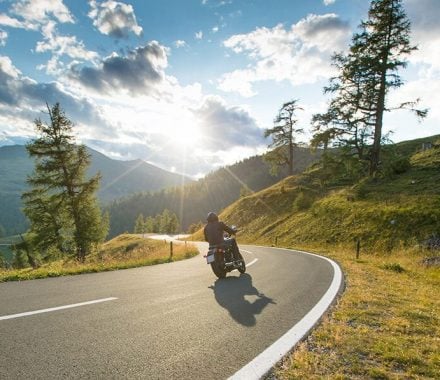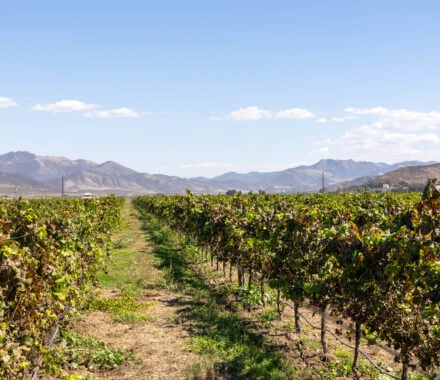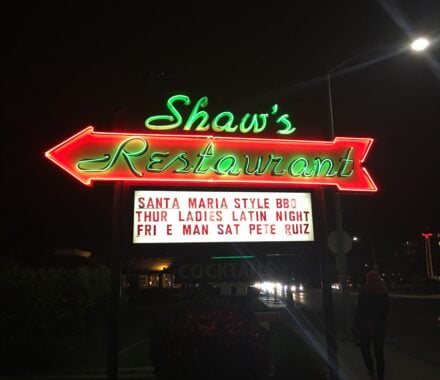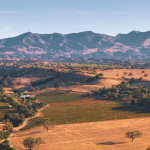While Santa Maria Style Barbecue is firmly rooted in specific traditions, methods and ingredients, it has also slowly evolved over time to achieve what we now recognize as the “style” of Santa Maria.
For example, tri-tip beef and Santa Maria-style grills with adjustable screens are now considered staples of authentic Santa Maria Style Barbecue in the Santa Maria Valley. But in the earliest days of Santa Maria Barbecue, other cuts of beef were strung on wooden poles and cooked over earthen pits filled with hot red oak coals.
In his book Santa Maria Style Barbecue, local barbecue historian R.H. Tesene writes, “The Santa Maria Barbecue grew out of this tradition and achieved its ‘style’ when local residents began to string cuts of beef on skewers or rods and cook the meat over the hot coals of a red oak fire.”
As the popularity of this style grew, above-ground grills were naturally embraced as a more practical way to cook the meat. And while stringing the meat on steel rods remained popular for large community barbecues, adjustable screens became increasingly common for smaller preparations. Today, small backyard Santa Maria-style grills are common across the valley and beyond.
The choice of meat has also evolved. Prime rib and top block sirloin were long the favored cuts, but beginning in the 1950s, tri-tip emerged as another signature cut of Santa Maria Style Barbecue. Today, tri-tip has become synonymous with Santa Maria Style Barbecue, and you will also see top sirloin and prime rib offered by local barbecue restaurants.
Santa Maria-style seasoning, locally grown pinquito beans, grilled buttered French bread, fresh salsa, tossed green salad and strawberry dessert also remain essential components of the traditional Santa Maria BBQ dining experience. And with the emergence of the Santa Maria Valley wine country, you could also say that the “official” menu is evolving to include a glass of local wine!



